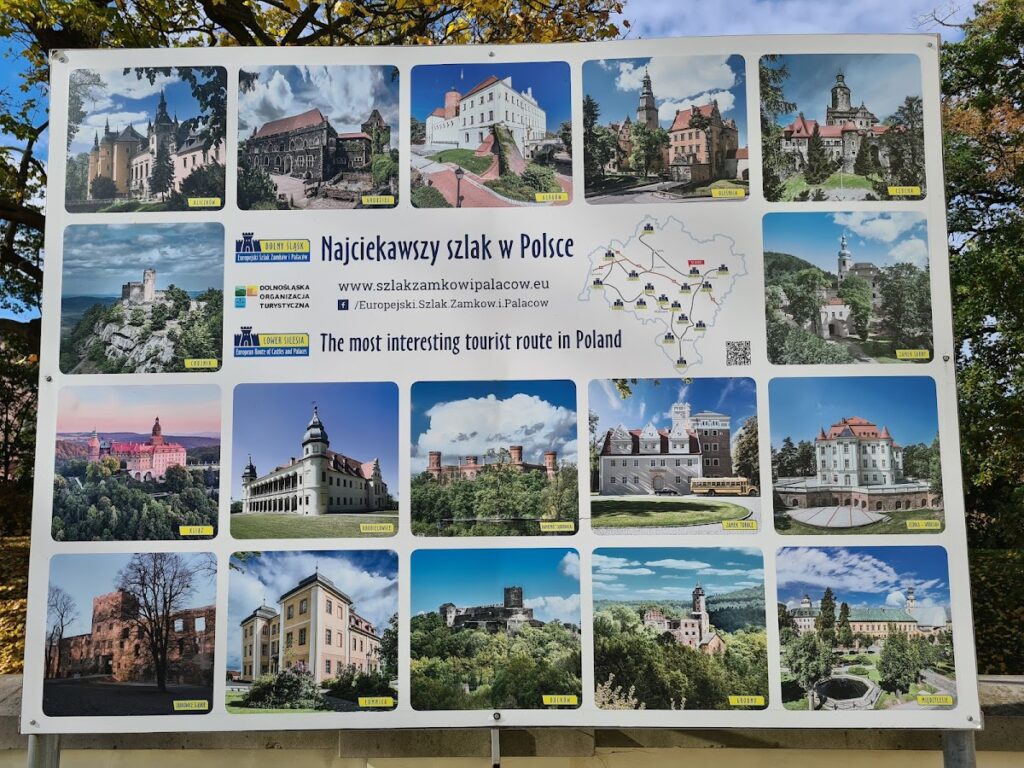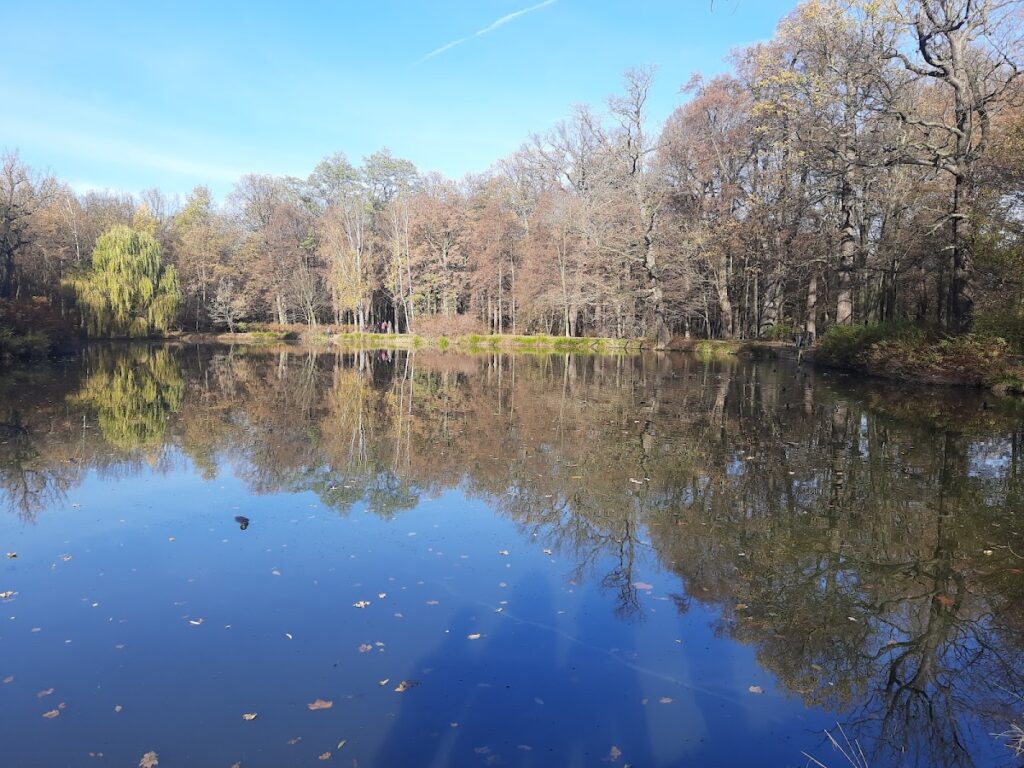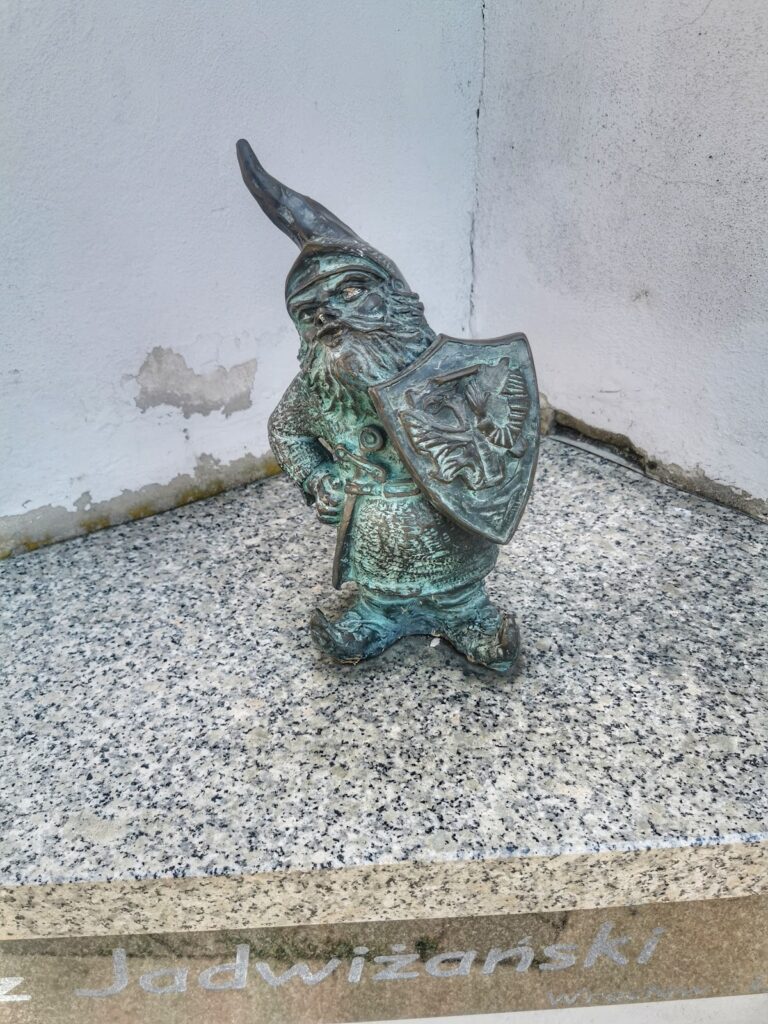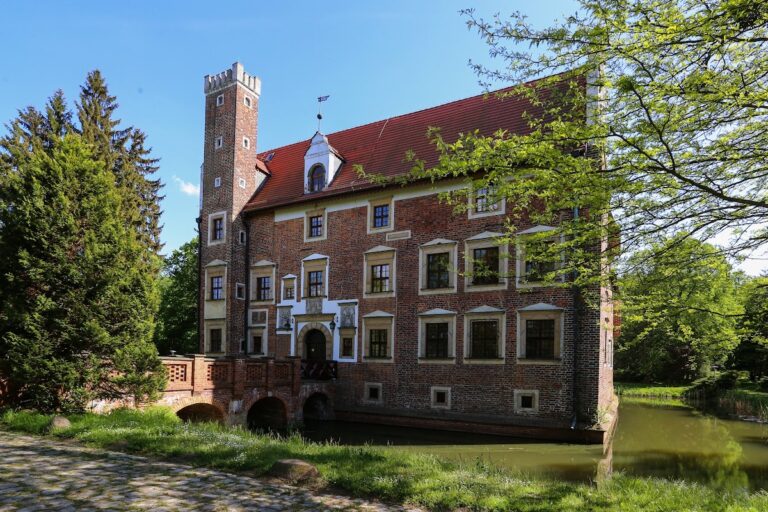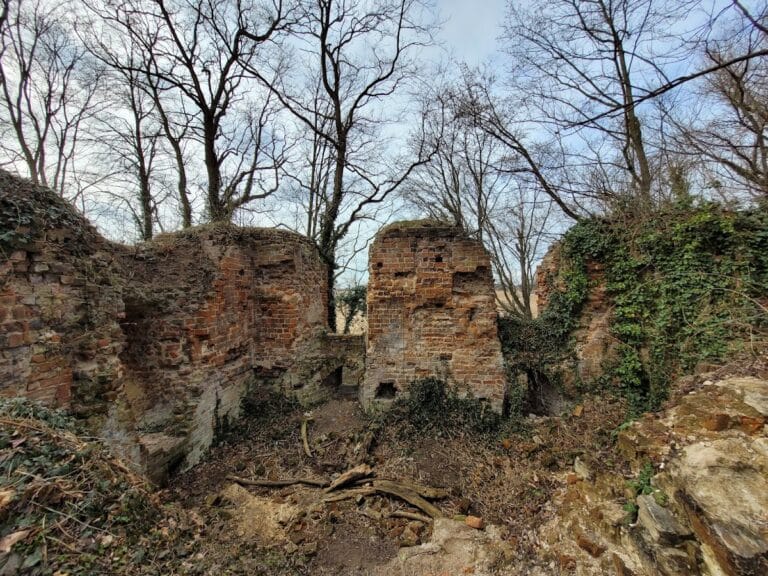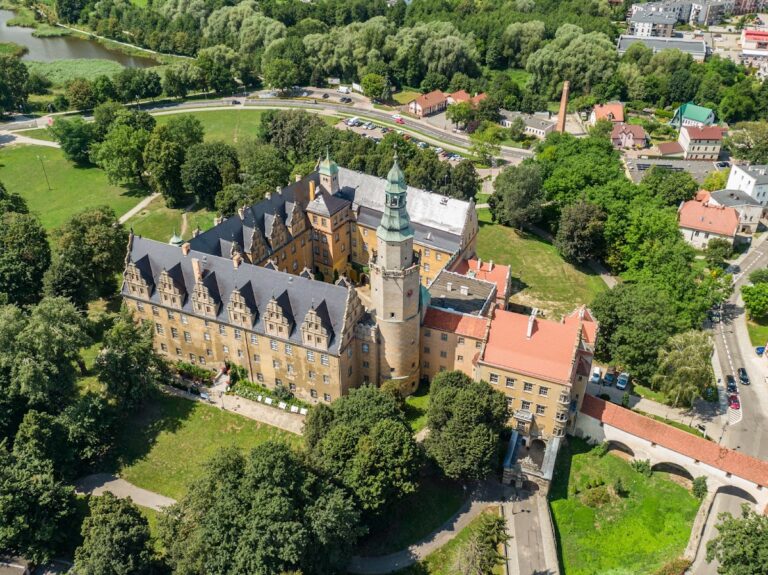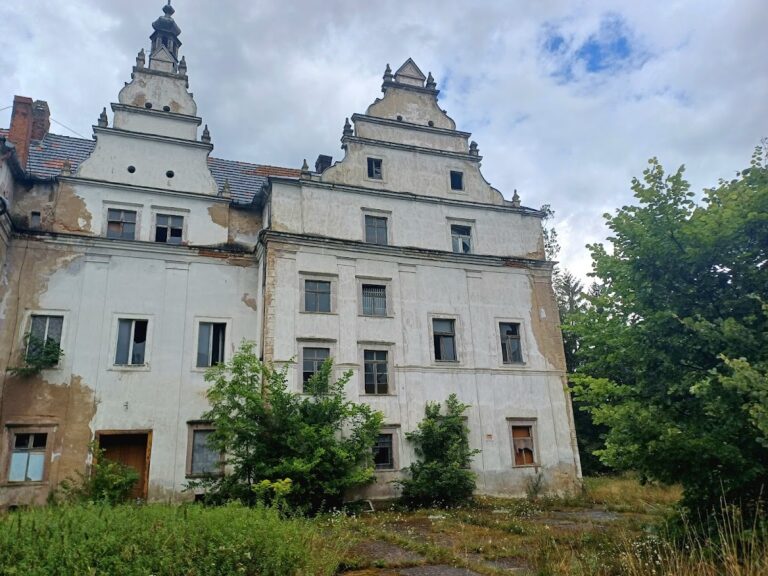Leśnica Castle: A Historic Stronghold and Cultural Center in Wrocław, Poland
Visitor Information
Google Rating: 4.6
Popularity: Medium
Google Maps: View on Google Maps
Official Website: www.zamek.wroclaw.pl
Country: Poland
Civilization: Unclassified
Remains: Military
History
Leśnica Castle stands in Wrocław, Poland, and was originally established by the medieval Polish Piast dynasty. Its beginnings trace back to around 1132 when it functioned as a small wooden stronghold known as a gródek, serving defensive purposes in the region. The castle was notably connected to Duke Bolesław I Wysoki, who passed away there in 1201. His son, Henryk I Brodaty, maintained possession of the stronghold, resisting intentions to hand it over to the Cistercian abbey in nearby Lubiąż.
By 1271, the site saw the construction of a stone castle, likely erected either by Bolesław I Wysoki or Henryk I Brodaty. Following the death of Henryk VI Dobry, the last Duke of Wrocław, the castle and its surrounding duchy were incorporated into the Kingdom of Bohemia, changing its political context significantly.
In 1339, King John of Bohemia sold both the castle and the then independent town of Leśnica to Gysko de Reste, a citizen of Wrocław. This marked the transition of Leśnica Castle from a purely defensive stronghold into a residence favored by the local bourgeoisie. Over the following decades, ownership shifted between various noble families and wealthy city patricians. In 1412, Michael Banke, a notable Wrocław patrician, acquired the castle and, with royal permission, constructed a new fortified complex in 1420. This included two houses, a tower, and a surrounding moat. The castle met destruction in 1428 at the hands of Hussite troops, and later suffered a fire in 1459 when the citizens of Wrocław set it ablaze to prevent its seizure by King George of Poděbrady.
The castle entered the possession of the von Hörnig family in 1494. The estate gained prominence when Emperor Maximilian II Habsburg visited in 1563. Further development occurred in 1610, when Heinrich von Hörnig built a luxurious fortified residence on the site, which attracted attention from King Matthias of Bohemia, who visited in 1611. However, the castle was again demolished in 1633 amid the chaos of the Thirty Years’ War.
Ownership passed to Horatius von Forno in 1651, whose descendants retained it until 1733. The property was then sold to the Order of the Knights with the Red Star. Between 1735 and 1740, Christoph Hackner carried out a Baroque-style reconstruction, merging two wings into a single building with a unified facade, while keeping the interior atmosphere intact. A decade later, in 1742, Baron Ferdinand von Mudrach acquired the castle and oversaw an interior transformation in the Rococo style, carried out from 1752 to 1757 with the collaboration of architect Johann Merck and skilled artisans including stonemasons, woodcarvers, stucco artists, and sculptors.
The von Maltzan family were the owners from 1761 and during the Napoleonic Wars the castle hosted French and Bavarian troops between 1806 and 1807. It also served as a temporary residence for Prince Jérôme Bonaparte in 1808 and Marshal Michel Ney in 1813.
In 1836, Carl von Wylich und Lottum purchased the castle and integrated it into his family estate. The property remained with the von Wylich und Lottum family until 1944, when the last owner, Ludolf von Wylich und Lottum, died without heirs. Despite the ravages of World War II, the castle survived undamaged, but it was left abandoned until 1953 when a fire inflicted damage. Securing measures were taken in 1958, followed by reconstruction and conversion into a cultural center from 1959 to 1963. While this work saved the building, many original interior decorations were lost. In 1962, Leśnica Castle was officially recognized as a historic monument. Subsequent renovations improved the cellars and defensive casemates after 1974, and the facade underwent restoration in 1995. Today, the castle houses the Wrocław City cultural institution known as “Centrum Kultury Zamek.”
Remains
Leśnica Castle is constructed mainly of brick and features a plastered exterior. The building has two wings joined together, rising three stories with a pitched roof and a basement level. It is encircled by a moat and enclosed within bastion-style fortifications, characteristic of historic military defense. These bastions include embrasures, openings designed for defensive weaponry, which are arranged to create terraces along the perimeter.
Within the basement, visitors can find remnants of the earliest stone castle dated to 1271, presenting valuable evidence of the site’s medieval origins. These foundational ruins help to illustrate the transition from the original small stronghold to a more substantial fortified residence.
The castle’s main entrance is positioned centrally beneath a balcony featuring a metal railing. Directly above the windows of the first floor’s balcony is the coat of arms of Baron Ludolf von Veltheim-Lottum, the estate’s final owner before 1945, flanked on either side by sculpted lions, symbolizing the family’s historical connection to the castle.
The Baroque-era reconstruction blended two previously separate wings into one unified structure, harmonizing the external facade while maintaining the character of the interior spaces. This approach preserved the castle’s historical feel even while adapting it to 18th-century tastes.
Inside, the Rococo refurbishments brought an ornate and delicate style to the interiors. This work was completed with the help of prominent craftsmen including Johann Merck (architect), stonemasons Hans Georg Orth from Wrocław and Heinrich Calame from Potsdam, woodcarver Ehbisch, stucco artist Christian Adam Koch, and sculptor Albrecht Siegwitz, each adding layers of artistic detail to the castle’s decoration.
Surrounding the building, a historic park enhances the estate, creating a classic palace-with-park ensemble blending natural beauty and architectural heritage. Along the road to Środa Śląska, today known as Świętojański Square, there are also monuments dedicated to the Virgin Mary and Saint John of Nepomuk, which contribute to the site’s cultural and spiritual landscape.


